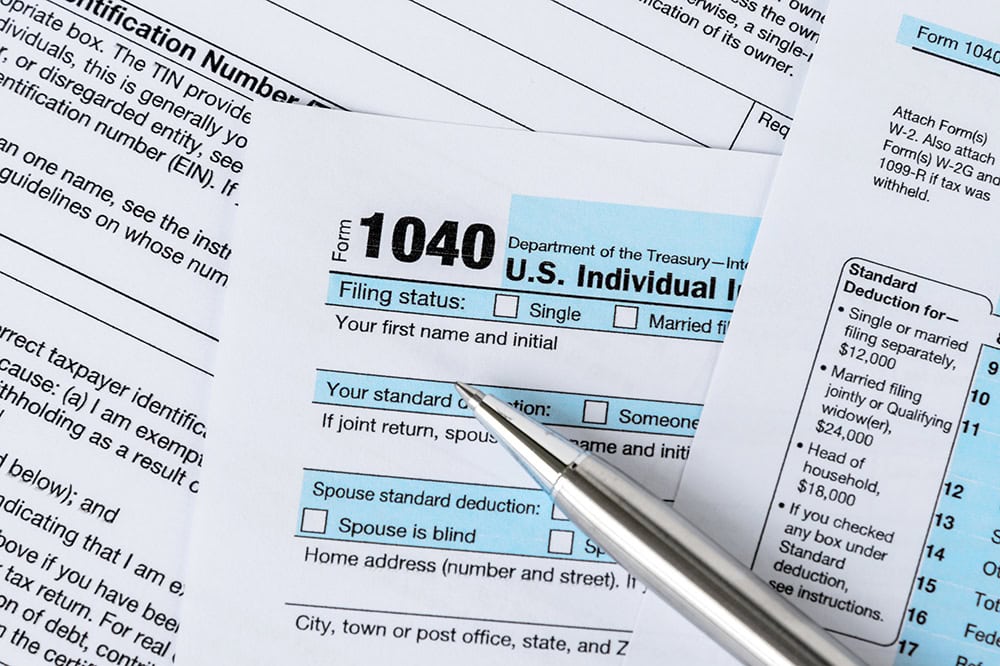As Election Day Approaches, US Fiscal Confidence Dips and Voters Call on their Leaders to Prioritize Solutions to the National Debt
September’s Index is 47 (100 is neutral), as Voter Concern Grows
With just six weeks until the election, voters are increasingly concerned about the $35 trillion and growing national debt, yet Vice President Harris and former President Trump have yet to put forward proposals for how to address America’s fiscal outlook. September’s Fiscal Confidence Index, modelled after the Consumer Confidence Index, dropped to 47 (100 is neutral), reflecting strong majorities of Democratic and Republican voters looking for fiscal leadership from candidates.
More than eight in 10 voters (82%) say their concern about the debt has increased, up 5 points from last month. The percentage of voters who want the debt to be a top-three priority for the president and Congress also increased this month to 77%, including 73% of Democrats, 70% of independents and 87% of Republicans.
“Voters are clearly concerned about the growing national debt, and they want their Presidential and Congressional candidates to put forward solutions,” said Michael A. Peterson, CEO of the nonpartisan Peterson Foundation. “This is a fiscal election because the leaders we elect will face a series of critical deadlines and decisions, from the debt ceiling, to the expiration of nearly $5 trillion of tax cuts, to looming automatic cuts to Social Security. Voters understand that we need a sustainable fiscal foundation to build a stronger economic future and address national priorities like the climate, healthcare, education and national defense.”
Last month, a Peterson Foundation survey showed that 91% of voters agreed Vice President Harris and former President Trump should discuss their plans to address America’s $35 trillion and rising national debt; 92% want to hear how the candidates would ensure next year’s tax reform doesn’t add to the debt; and 95% want to know how Harris and Trump would act to avoid a 21% automatic annual Social Security benefit cut that will occur if lawmakers fail to reform the program.
The Fiscal Confidence Index measures public opinion about the national debt by asking six questions in three key areas:
- CONCERN: Level of concern and views about the direction of the national debt.
- PRIORITY: How high a priority addressing the debt should be for elected leaders.
- EXPECTATIONS: Expectations about whether the debt situation will get better or worse in the next few years.
The survey results from these three areas are weighted equally and averaged to produce the Fiscal Confidence Index value. The Fiscal Confidence Index, like the Consumer Confidence Index, is indexed on a scale of 0 to 200, with a neutral midpoint of 100. A reading above 100 indicates positive sentiment. A reading below 100 indicates negative sentiment.
Fiscal Confidence Index Key Data Points:
- The September 2024 Fiscal Confidence Index value is 47. (The August value was 48. The July value was 48.)
- The current Fiscal Confidence Index score for CONCERN about the debt is 34, indicating deep concern about the debt. The score for debt as a PRIORITY that leaders must address is 23, indicating that Americans want elected leaders to make addressing long-term debt a high priority. The score for EXPECTATIONS about progress on the debt is 83. The Fiscal Confidence Index is the average of these three sub-category scores.
- For a description of the complete methodology, see the Appendix below.
The Peter G. Peterson Foundation commissioned this poll by the Global Strategy Group and North Star Opinion Research to survey public opinion on the national debt. The online poll surveyed 1,010 registered voters nationwide between September 16 and 18. It has a margin of error of +/- 3.1%.
Detailed poll results can be found online at: www.pgpf.org/FiscalConfidenceIndex.
APPENDIX: Fiscal Confidence Index Methodology and Questions
- The Fiscal Confidence Index is released monthly by the Peter G. Peterson Foundation.
- The Fiscal Confidence Index value is based on six questions in three categories.
- As is done with the Consumer Confidence Index, the first step in calculating the Fiscal Confidence Index is determining the “Relative Value” for each question. This calculation is made by taking the positive response for each question and dividing it by the sum of the positive and negative responses. Each question was asked on a four-point scale, and answers were weighted according to intensity, with the strongest responses counting twice as much as the middle responses (“much” better or worse answers count twice as heavily as “somewhat” better or worse answers).
- The scores for the Concern, Priority, and Expectations categories are determined by averaging the scores derived from the two questions in each category.
- The Fiscal Confidence Index value is converted from the Relative Value to place it on a scale on which 100 indicates equal positive and negative sentiment, while values below 100 indicate negative sentiment and values above 100 indicate positive sentiment.
- The questions are as follows:
###
ABOUT THE PETER G. PETERSON FOUNDATION
The Peter G. Peterson Foundation is a nonprofit, nonpartisan organization that is dedicated to increasing public awareness of the nature and urgency of key fiscal challenges threatening America's future, and to accelerating action on them. To address these challenges successfully, we work to bring Americans together to find and implement sensible, long-term solutions that transcend age, party lines and ideological divides in order to achieve real results. To learn more, please visit www.pgpf.org.
Further Reading
Budget Basics: What Is the Child Tax Credit?
The CTC provides assistance to families with children, and while it represents a relatively modest part of overall government spending, it is one of the largest tax expenditures.
Budget Basics: Tax Expenditures
Tax expenditures can come in the form of exclusions, exemptions, deductions, and credits.
What Are the Economic Costs of Child Poverty?
Child poverty is higher in the United States than in other wealthy countries. Studies show that it has quantifiable economic costs.


